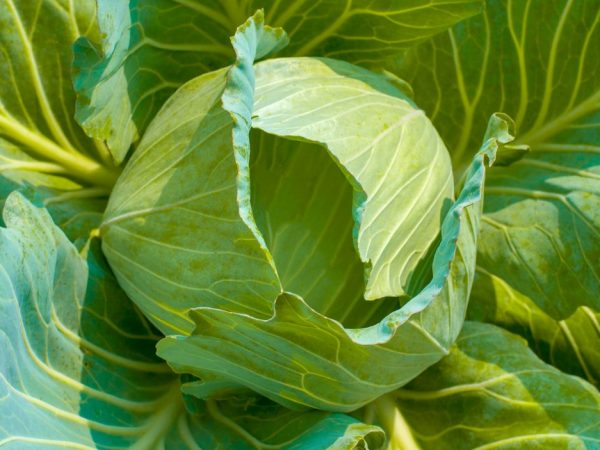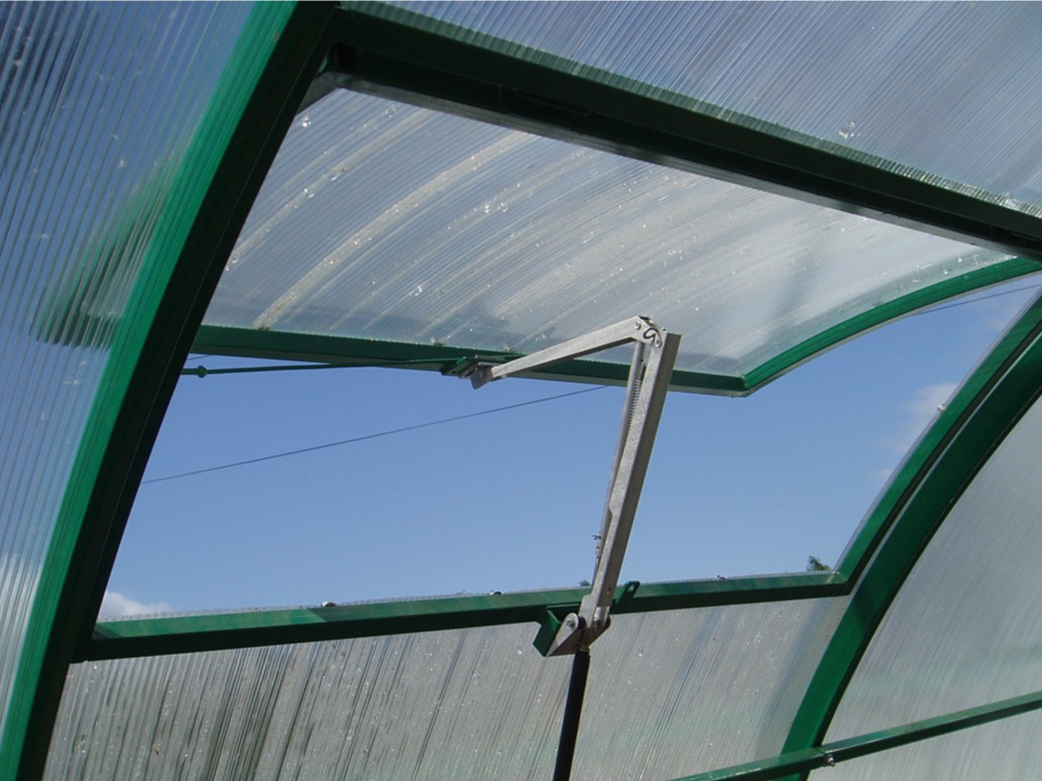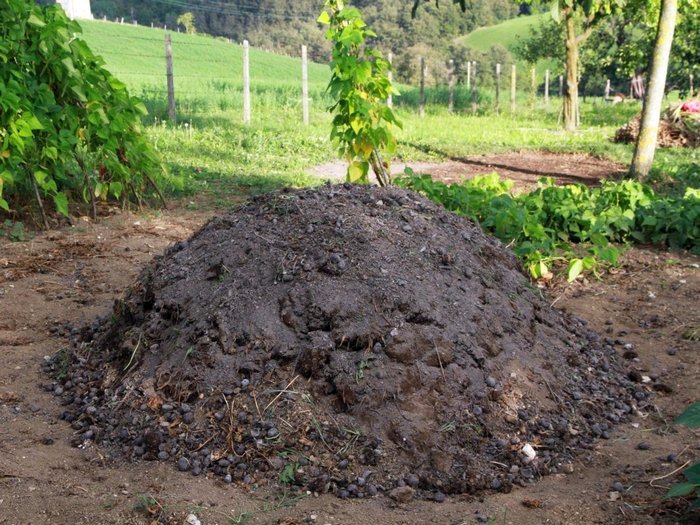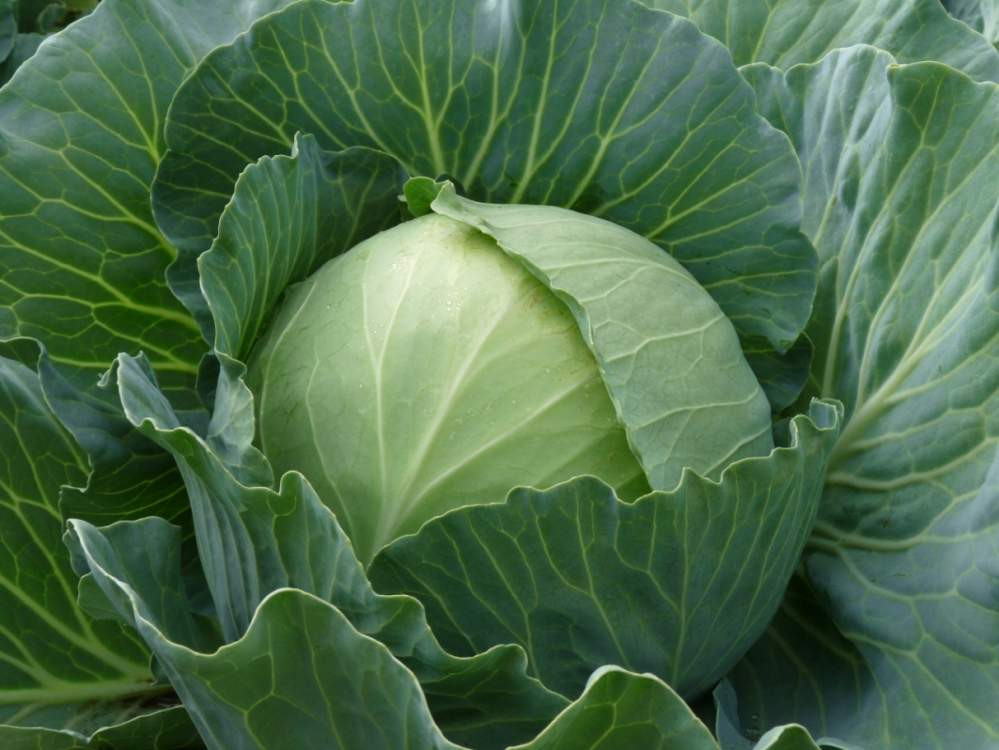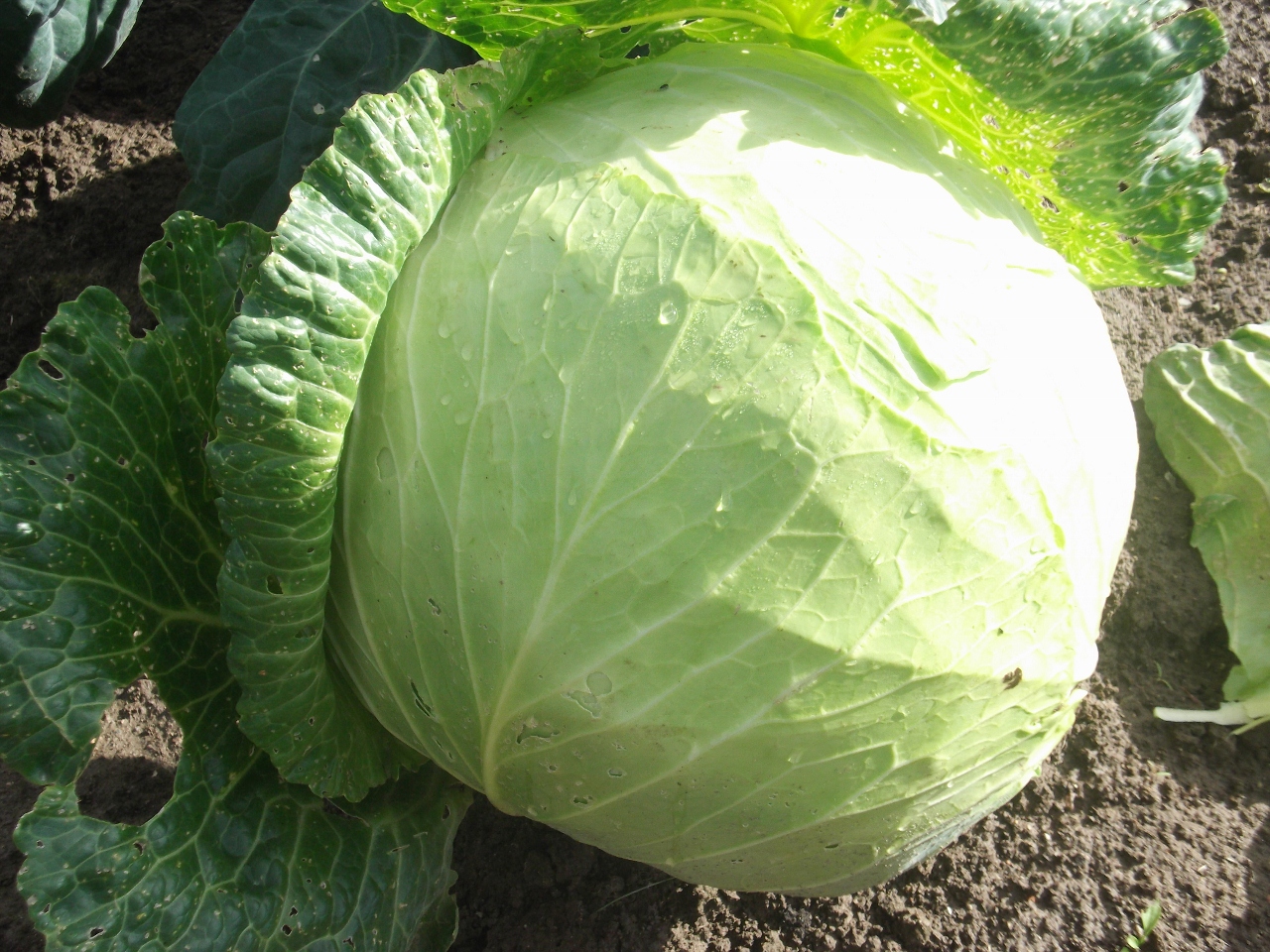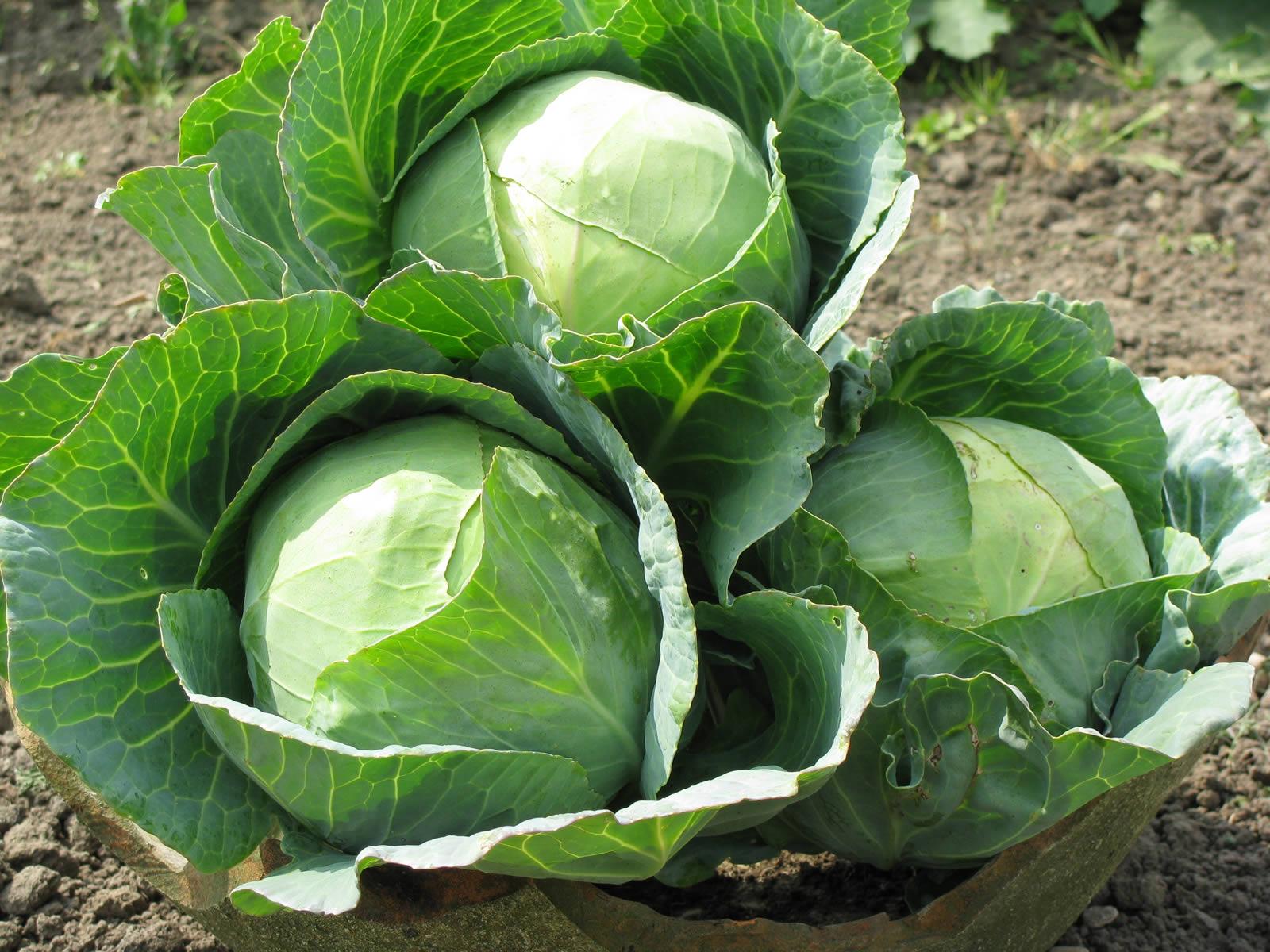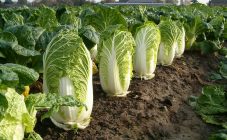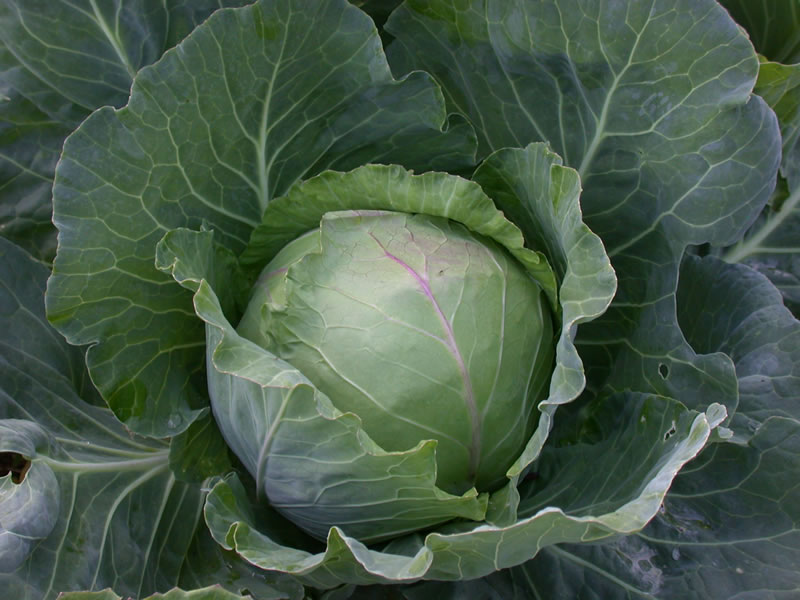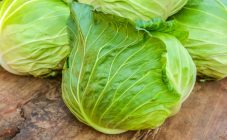In almost every plot, gardeners grow white cabbage. Its popularity is due to its unpretentious cultivation and good taste. Among the early ripening varieties, one of the first places is occupied by the Transfer cabbage.
Cabbage Transfer: variety description and him characteristic
The culture is suitable for cultivation throughout the country. The cabbage head is light (0.6–1.5 kg) and round. Its cut has an even white tint. The density of the sheets in the head is average: you can often find voids that are located along the periphery. The head of cabbage is small.
The cabbage rosette is located at a low height from the ground surface. The leaves are slightly rounded, and their surface is covered with small bubbles and waxy bloom. The edges of each sheet are wavy.
Despite this, culture has a number of rather significant advantages:
- Great taste.
- High productivity rate.
- Resistance to the development of diseases of vegetable crops.
- The ability to withstand not only spring frosts, but also frosts down to -7 degrees.
- Picky care.
- Heads of cabbage do not crack.
- The harvest ripens amicably.
- The heads have an excellent presentation and are well transported.
These characteristics make it popular with gardeners and gardeners.
Features of agricultural technology
Before you start planting cabbage, you need to prepare the soil on the site and the seeds. The cabbage seeds are soaked for 15–20 minutes in hot water, and then for 1 minute in cold water. After that, the seeds should be in the refrigerator for 24 hours.
The soil on the site has been prepared since the fall. The bed is dug up, and then organic fertilizers are introduced into it at the rate of 10 kg per 1m². Mullein or chicken droppings can be used as top dressing.
It is recommended to check the ground level PH. If it is elevated, the soil must be liming.
Transformer cabbage is planted using the seedling method. For planting seedlings, it is best to choose peat cups. Since this variety belongs to the early ones, it does not tolerate transplanting well, and the use of this type of container for seedlings eliminates the need to remove seedlings from it.
Of no small importance is what soil mixture is used for planting seeds for seedlings. You can cook it yourself. For this, soil and humus are mixed in equal quantities. It will not be superfluous to add a few tablespoons of wood ash.
The finished soil mixture should have properties such as air permeability and fertility.
If we talk about the timing of sowing seeds for seedlings, it is better to choose the beginning of April. Before sowing the seeds, the soil in the cups is thoroughly moistened. This is necessary in order to speed up the emergence of seedlings. The seeds are immersed in the soil to a depth of 1–1.5 cm. I would like to note the rather quick process of the emergence of the first shoots - 5–7 days.
Containers with seedlings are placed in a bright and warm place. The room temperature should be between 12-18 degrees. The room must be periodically ventilated, but without the formation of drafts. After the seedlings appear, you can practice the method of hardening the seedlings.To do this, the temperature in the room during the day is maintained within 18-20 degrees, and at night 12-15.
It is not recommended to water the soil before the first shoots appear. Otherwise, the development of the black leg cannot be avoided. Young seedlings are watered as needed. In order to avoid overflow, it is necessary to gently loosen the soil under the seedlings as often as possible.
In order to prevent cabbage seedlings from stretching, experienced gardeners practice additional illumination for 12-14 hours a day using a fluorescent lamp.
When growing seedlings, it must be fed. The first feeding can be carried out within 10-14 days after germination. To do this, use superphosphate, ammonium nitrate, potash fertilizers. The root system of young plants is still weak and can be burned with fertilizers. In order to avoid this problem, the plant must be watered well before root application.
The second feeding is done 14 days after that. As a fertilizer, a solution is used made from slurry dissolved in water.
The third time the seedlings are fed a few days before they are transplanted to the garden bed. For this, ammonium nitrate, potash fertilizers or superphosphate are used. You can use ready-made fertilizer Kemira lux.
For transplanting seedlings to the garden, it is better to choose early morning or evening. Plants must be at least 60 days old. Soil temperature is not lower than 18 degrees. Otherwise, the root system may die.
The top edge of the cup should be on the ground. After transplanting, the plants are well watered. In order to avoid damage to the planted seedlings, it is recommended to cover it with a transparent film. In addition to warming, this will help protect young plants from damage by pests and drying out of the soil surface.
Seedling care consists in weeding, loosening the soil and removing weeds. Do not forget about feeding. For this, you can use nitrogen and potash fertilizers. The first subcortex is carried out 2 weeks after disembarkation. The second is 20 days after that.
Cabbage is susceptible to disease and pests. Among the diseases that can harm cabbage, one can distinguish the following:
- blackleg;
- root rot.
To combat them, you can use ash, which is sprinkled on the entire plant. Good results can also be achieved by using Trichodermin or Rizoplan, which are applied at the root of the plant.
Among the most dangerous pests of cabbage is the cruciferous flea. To combat it, it is recommended to process the plants with the Intavir solution.
By using these simple recommendations, you can not only grow healthy and strong seedlings of Transfer cabbage, but also get a good harvest from a small garden bed without much effort and material costs.
